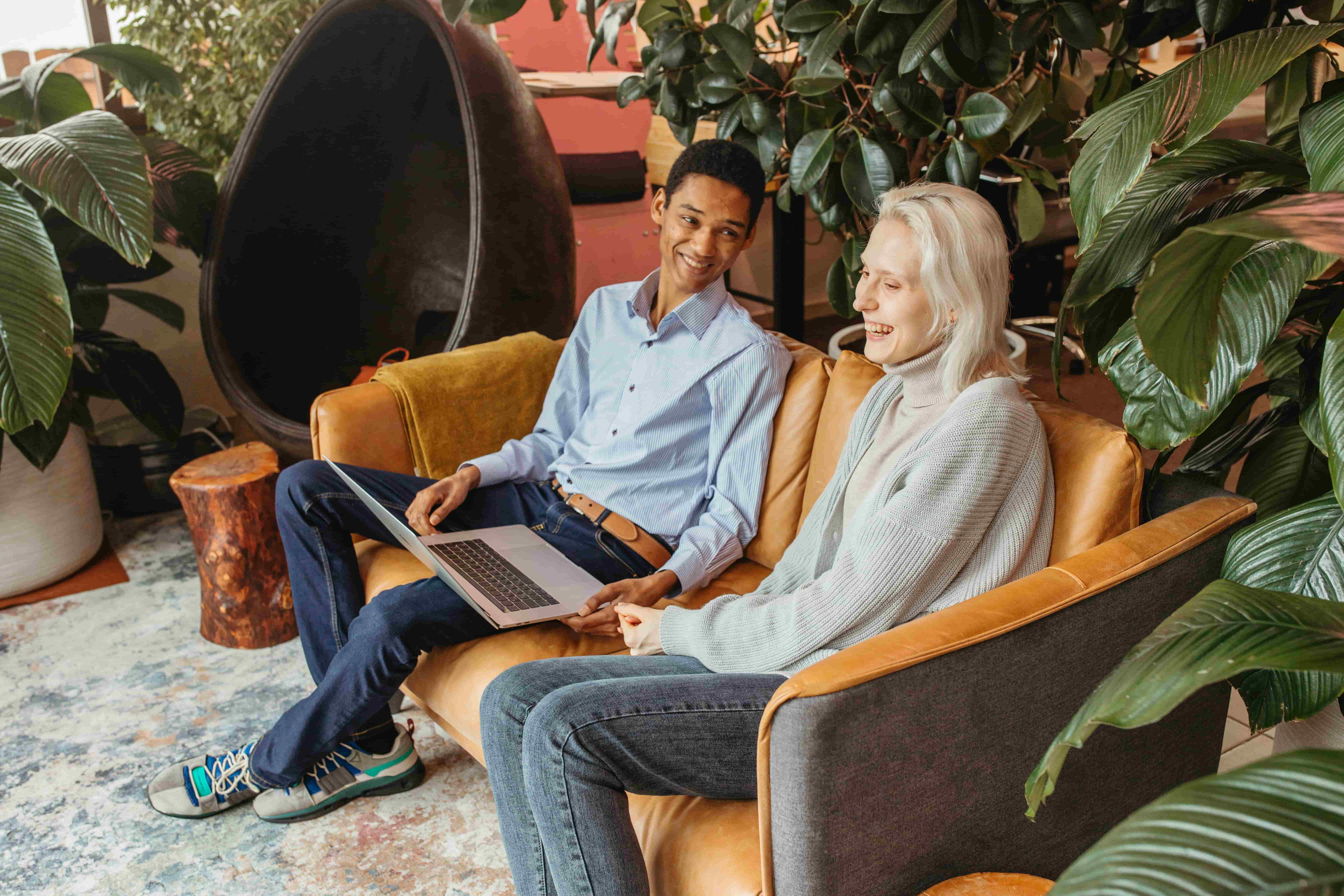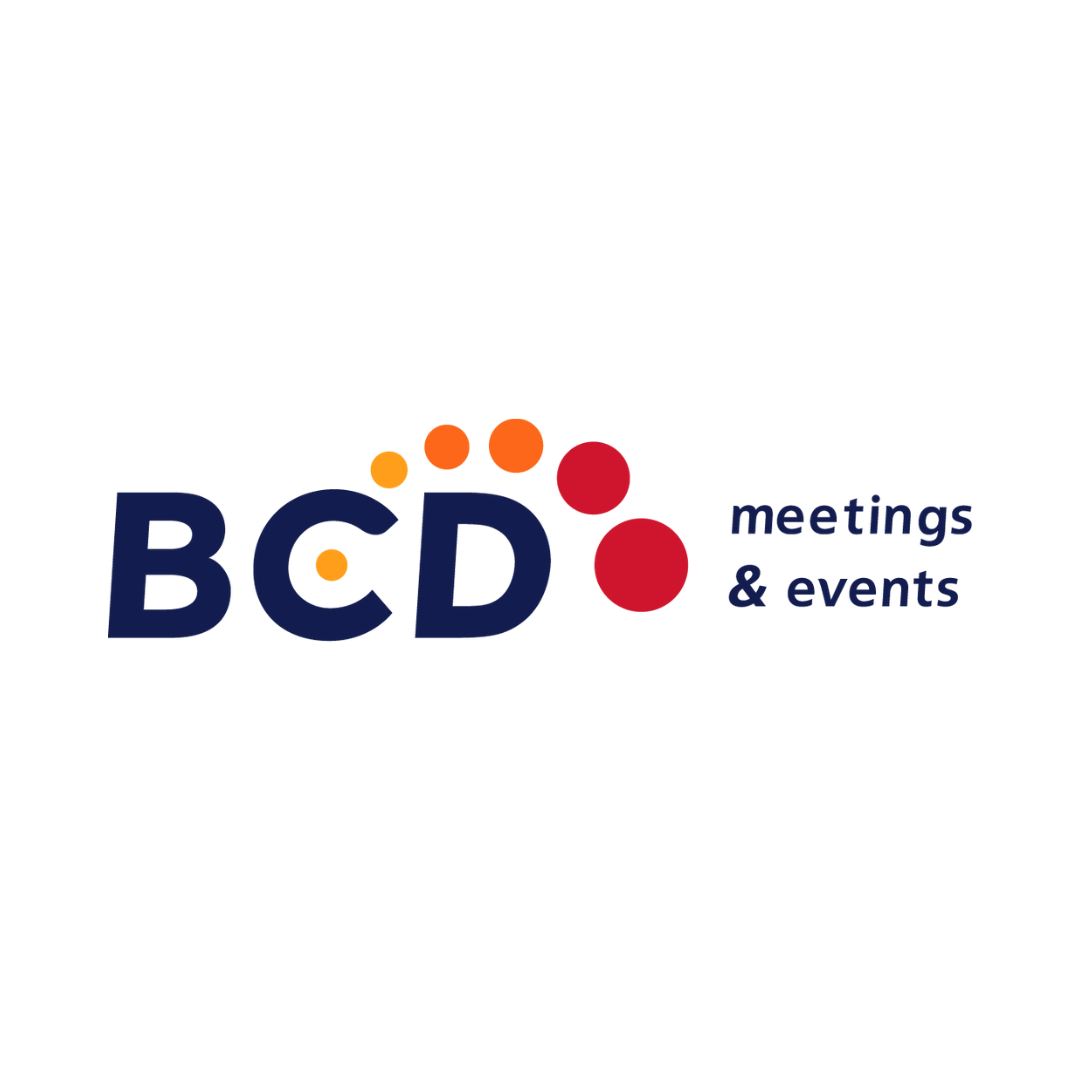Each and every one of us are driven by our values. They are the core principles that inform how we live, work, and interact with the world around us. Just like individuals, companies are held up by pillars of core values, and those values inform the way organizations engage with their employees and customers.
But values don’t mean much if they only live on a company website. To truly demonstrate a commitment to core values, they need to show up in the way that companies do business and show up for their customers. When leveraged correctly, these values can serve as powerful drivers for engagement strategies that enhance customer loyalty.
Best practices for inclusive events
One of the ways that companies are increasingly living their values and demonstrating a commitment to their customers, is through the prioritization of inclusivity. But what does that look like within the meetings and events industry? In this piece, we’ll take a look at some of the best practices being implemented to improve accessibility and inclusivity throughout the attendee experience for all and why creating accessible and inclusive events will drive the future of brand loyalty and engagement.
Inclusivity starts at home
Inclusivity must first and foremost be a value that is consistently practiced in your own organization if you want to successfully bring it into your events. Consistency is a key ingredient to building brand loyalty and trust, and if there isn’t existing consistency about inclusive practices, conversations, and initiatives occurring within your own organization, it may be more difficult to make sure those practices are being accounted for in your next meeting or event.
Companies leading the way in creating more diverse and inclusive spaces are taking the time to evaluate their own organizations diversity, equity, and inclusion practices. They make room for having tough conversations, make sure employees feel like they have the space to vocalize concerns about inclusivity, and ensure that—from the website to their products to the workplace—are creating a place where everyone feels like they belong.
What does being inclusive look like within the meetings and events industry?
Meetings and events are home to some of the most naturally diverse spaces in the world due to the nature of the industry’s work. Every year, millions of people come together from different places around the globe, bringing varied backgrounds and experiences with them into the same room. In this industry, being inclusive means accounting for diversity, accessibility, and inclusive practices for all of the people that you may find in those rooms.
At the end of the day, it boils down to making sure that no one feels like an afterthought when they show up to their meeting or event. The ultimate goal being that most considerations for different people and their needs are built into the program from the beginning, rather than being line items attendees need to self-identify before arriving at their event.
Finding purposeful balance
Although ideally, meetings would accommodate everyone’s needs, in some cases, it may be necessary to ask for the specifics of what attendees need to feel comfortable within their event environment to ensure inclusivity. If for example, an attendee has a service animal they need to bring with them, it’s important to make sure that there is an animal relief area. In instances where there is specialized equipment, services, or significant cost increase, it’s necessary to understand those needs in advance and factor it into planning and budget.
Including pre-event surveys in your communication strategy gives those with very specialized accommodations the ability to discretely let event staff know what kind of additional support or services may need to be present on-site to ensure a positive event experience.
That being said, it’s important to find a balance between making sure that everyone’s unique needs are taken care of, while also making sure they don’t feel like there is a spotlight being placed on their differences.
One of the solutions to finding that balance for some organizations, is creating a list of accessibility, dietary, or other considerations that are automatically built into the fabric of a program, regardless of whether attendees have indicated they have specialized personal needs. Particularly in cases where the size of the event is over a certain number of attendees many events have implemented best practices around requiring a sign language interpreter at presentations or having registration tables at check-in that are at a proper height and have ample space to accommodate wheelchair users. Another example could be how many event planners will now opt for having dairy-free alternatives automatically accounted for during coffee breaks rather than asking attendees before the event if they’re lactose intolerant, vegan, or have other specific dietary restrictions.
Related article: How to incorporate sustainability throughout the event lifecycle
Inclusivity beyond the event
Often when we think of inclusivity—particularly within meetings and events—the default is to immediately think about meeting accessibility, dietary, or lifestyle needs on-site. But being inclusive also goes beyond what attendees need on-site, and circles back to the first point in this piece which was about inclusivity starting at your own organization.
In addition to accounting for those on-site needs, inclusivity also means encouraging people to show up as their authentic selves whether that’s in the workplace, or at an event. It’s important to make sure that you’re fostering a sense of inclusivity within your organization, so that those values carry over into your event space. People should feel empowered to bring their whole selves to work and not feel like they need to conform or suppress parts of their identity to fit in or do their job.
It’s important to set aside time for employees to get to know one another, spend time together, and better understand each other to appreciate their differences and reinforce an inclusive culture.
Originally published May 30, 2022 5:24:26 AM
Last updated on Dec 22, 2022 4:12:59 PM


